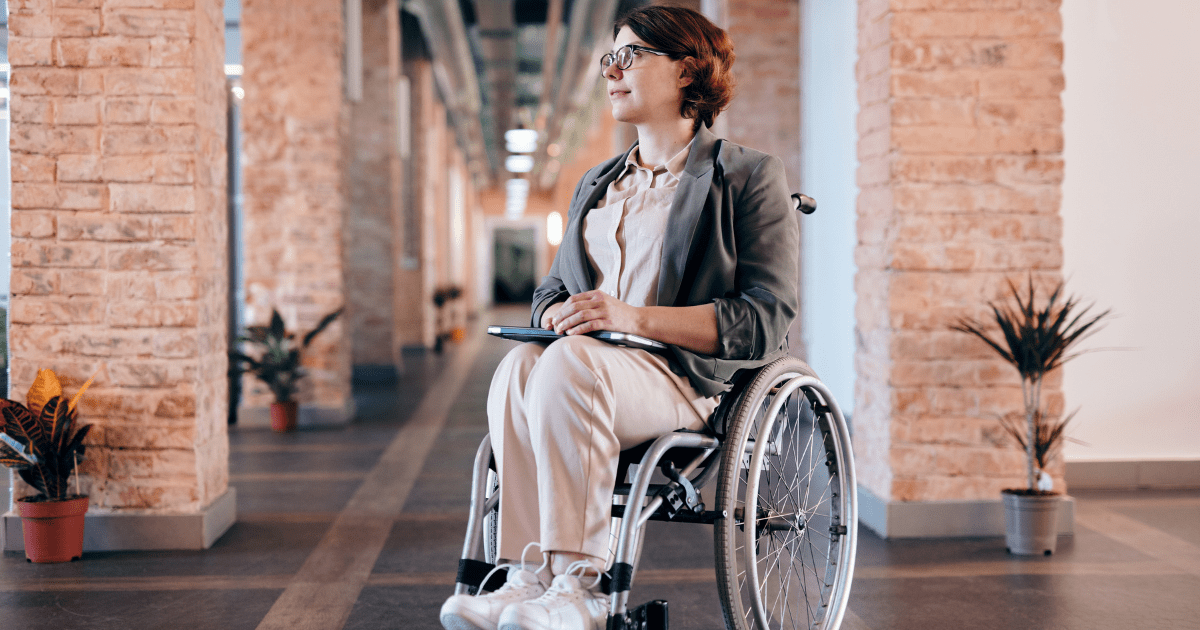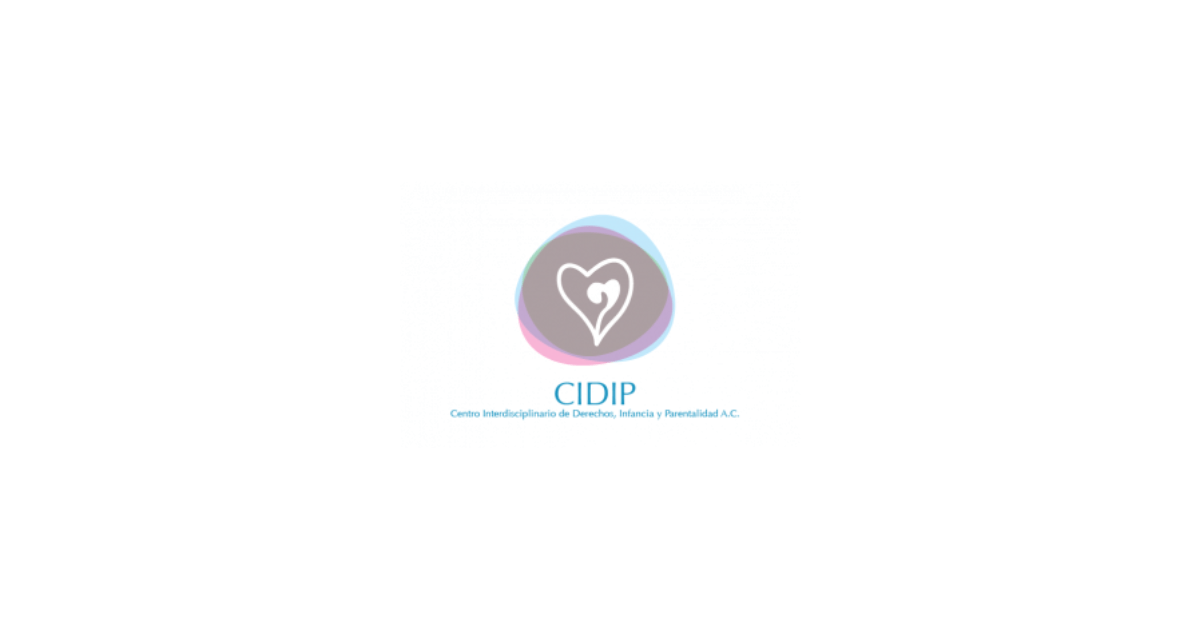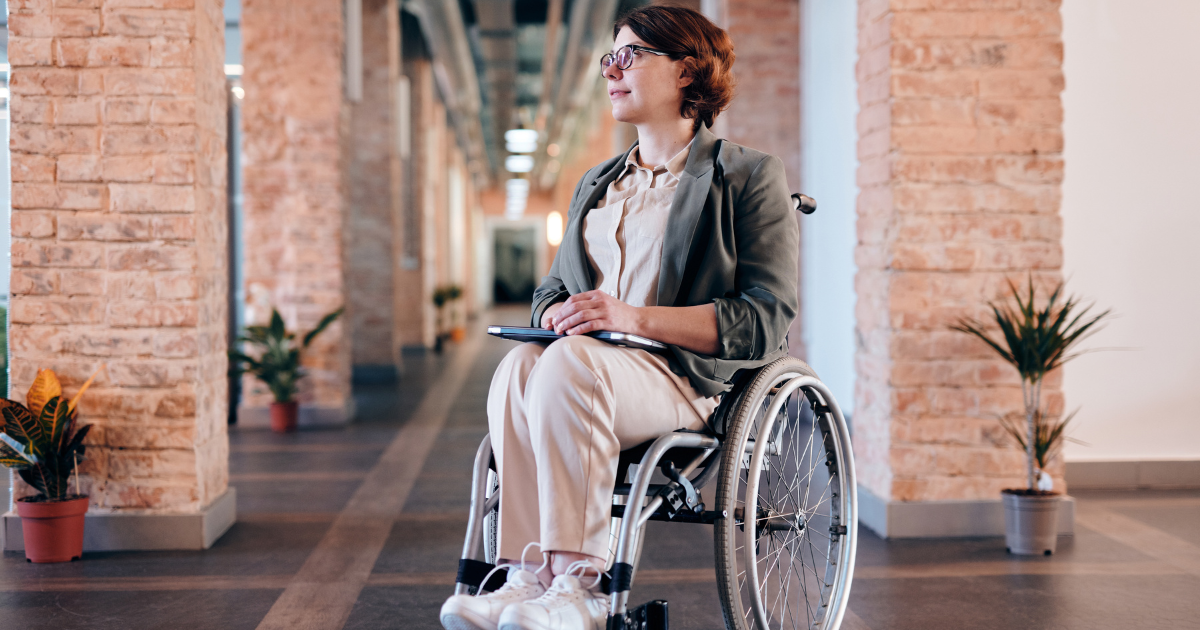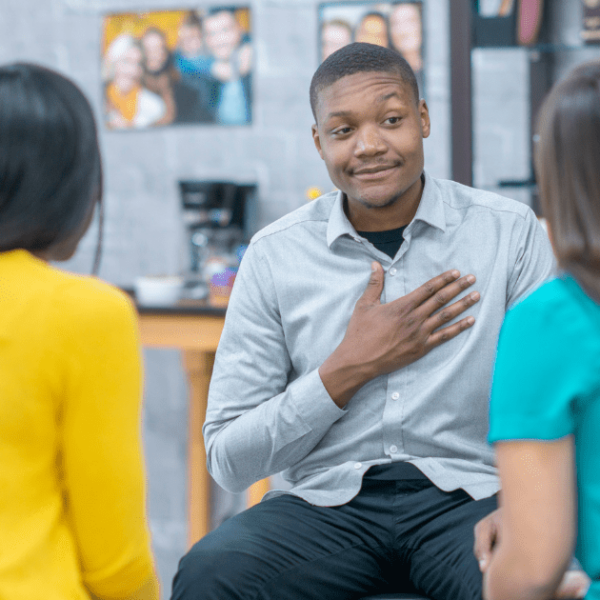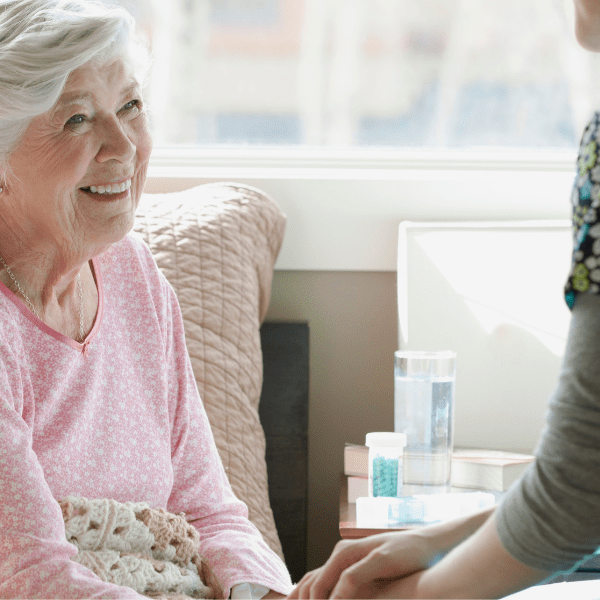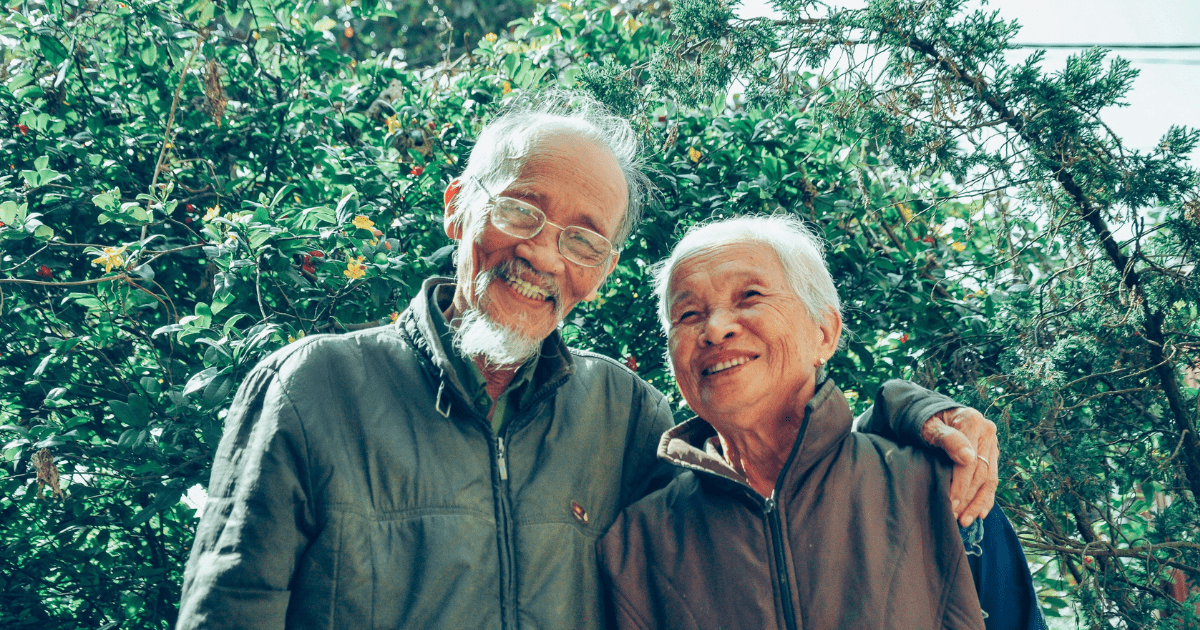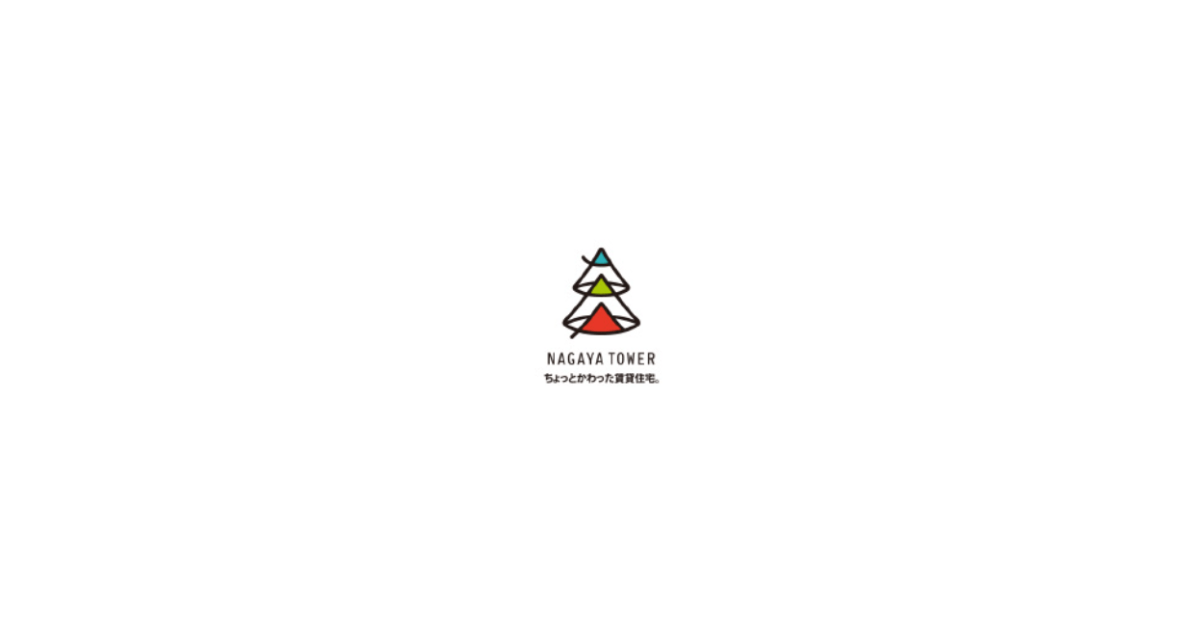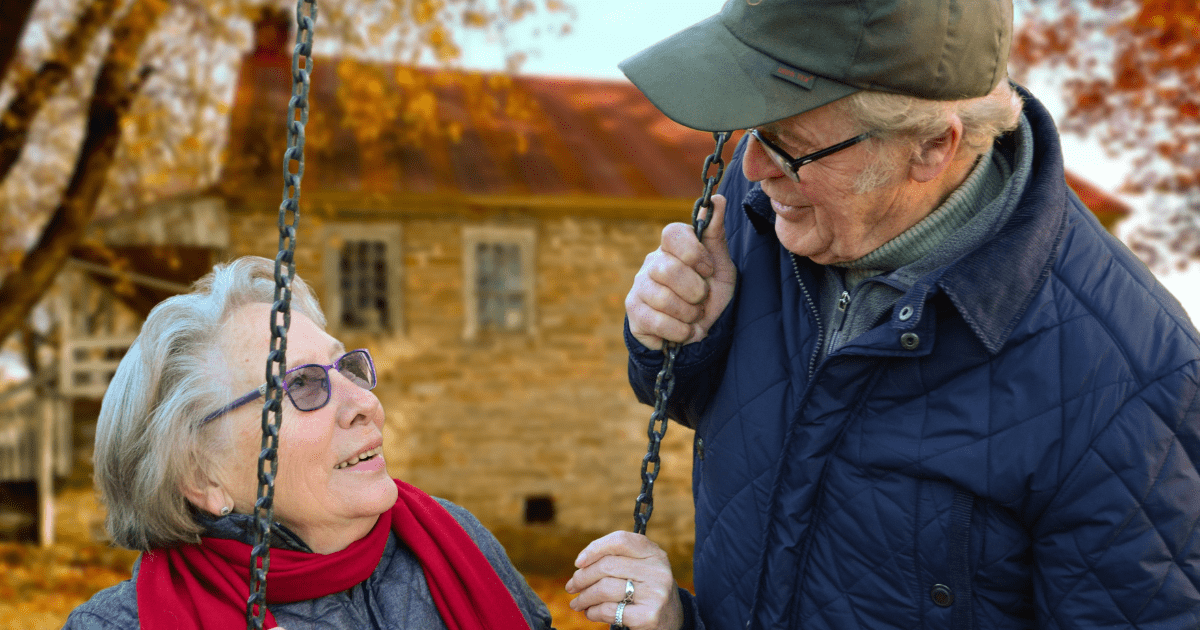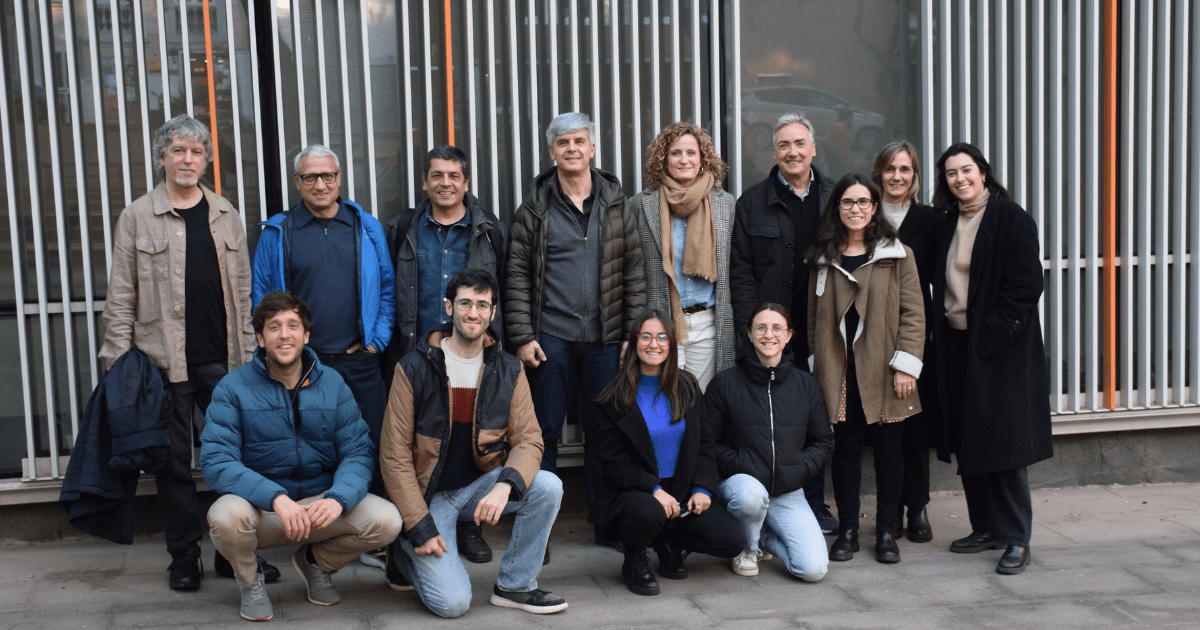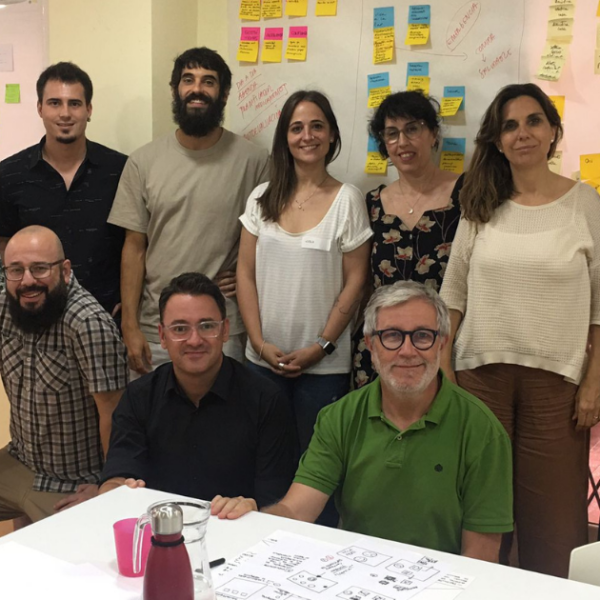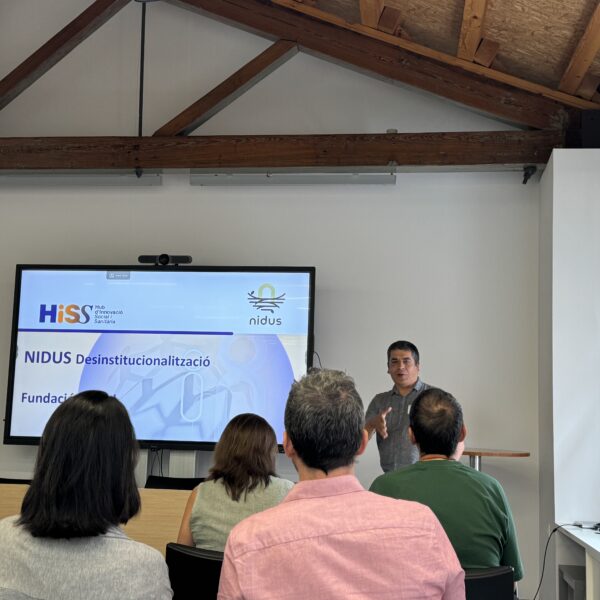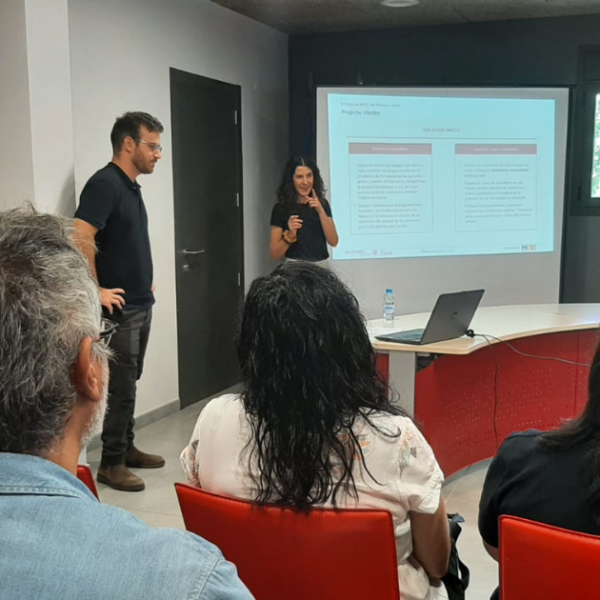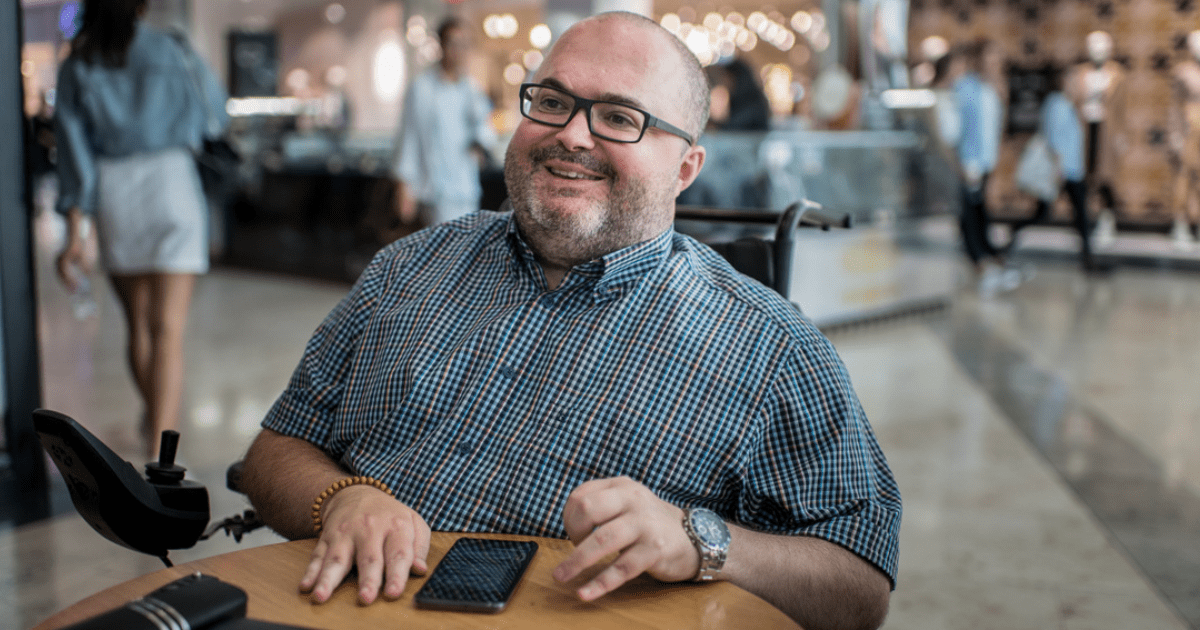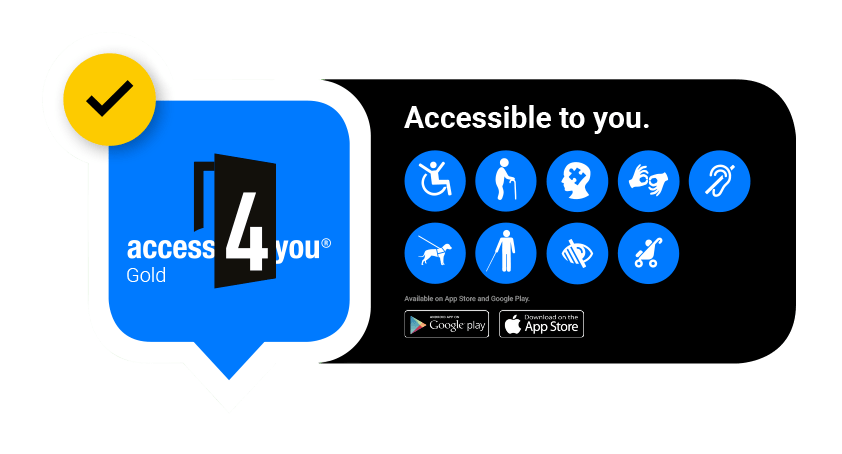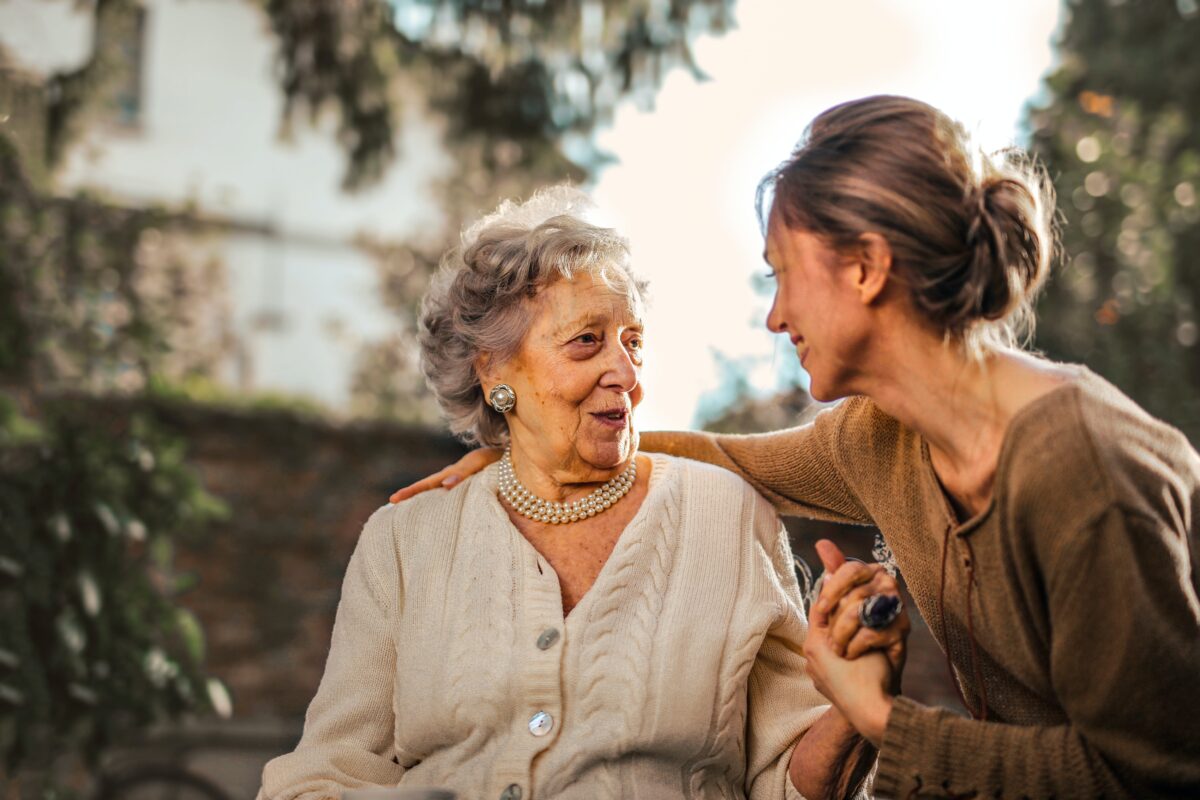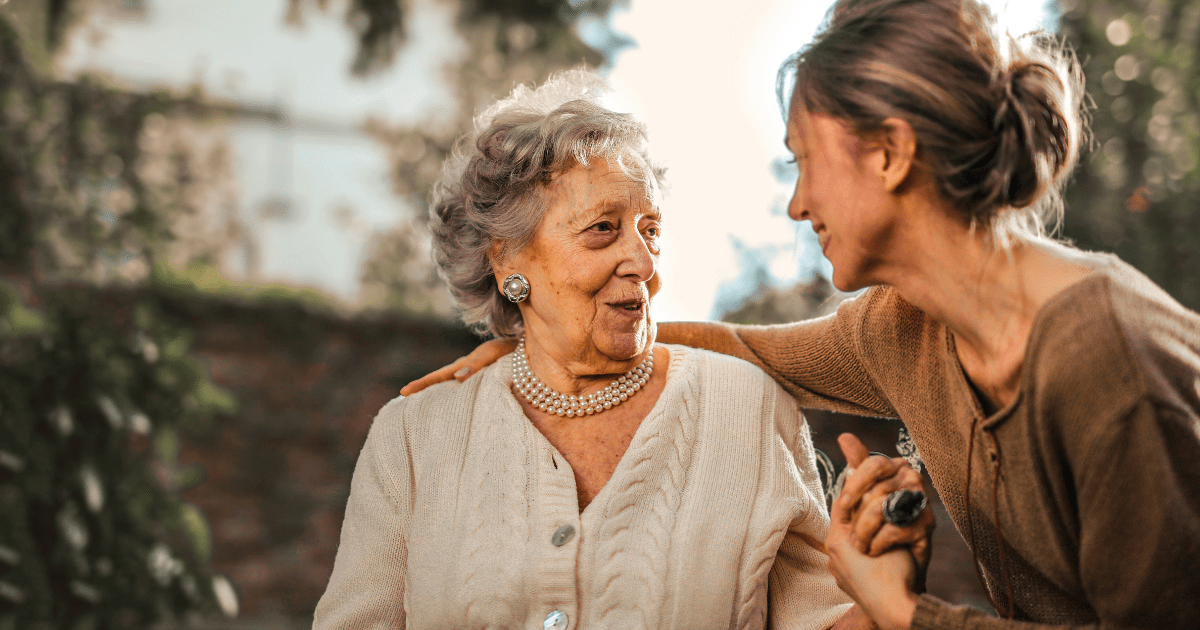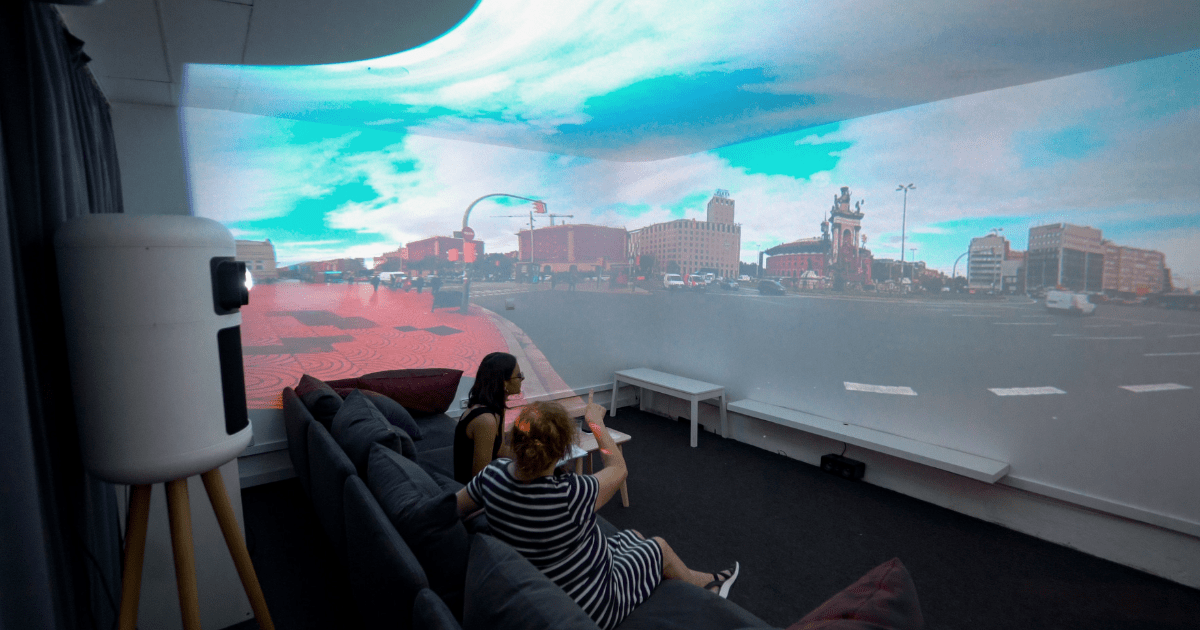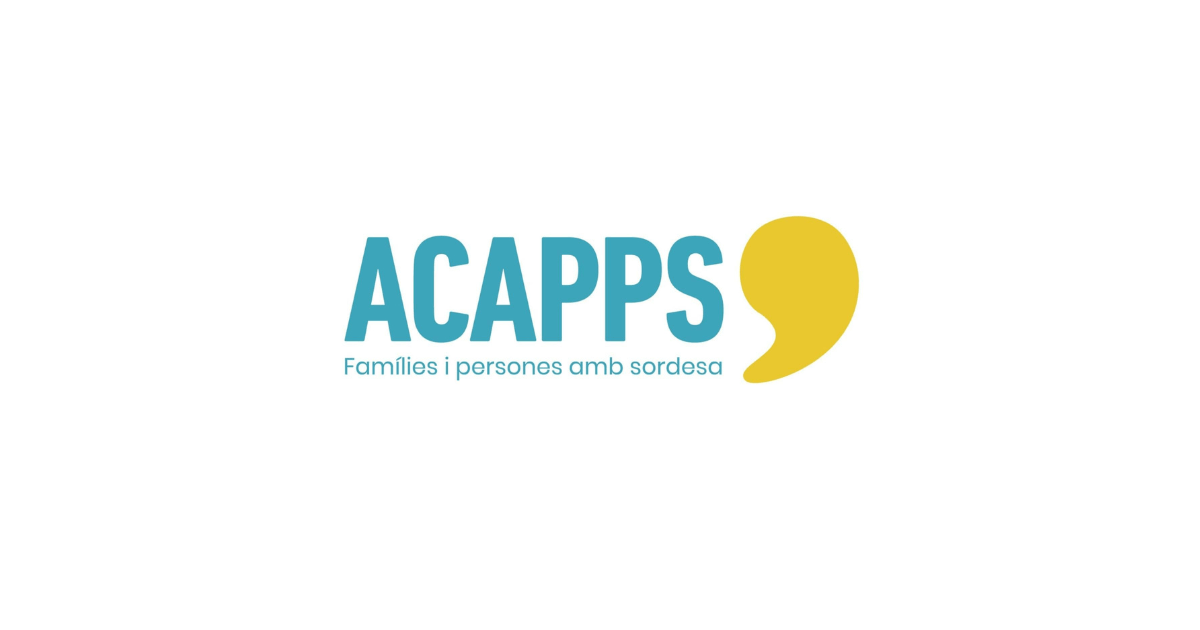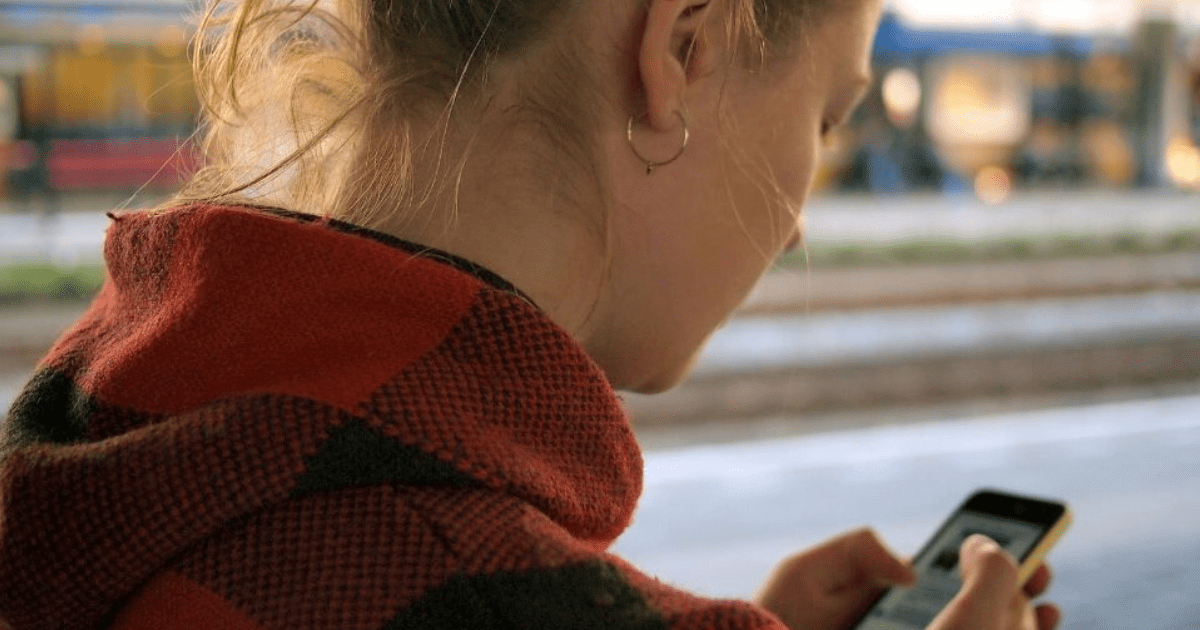Unwanted loneliness is a problem that has a particularly relevant impact on the elderly population. How should it be addressed? What innovative tools can be promoted from social services to reverse this feeling?
What is unwanted loneliness?
Unwanted loneliness is a subjective and complex phenomenon that occurs when people feel that their relationships are not satisfactory. There is a mismatch between real and desired relationships, either in terms of quantity or quality. Although it is a phenomenon that can occur at any age, it is more commonly present among the elderly. According to the spanish State Observatory of Unwanted Loneliness, this feeling has individual costs (mental and physical health, satisfaction of vital needs, relationship with the environment…) and social costs (impact on health systems and drug consumption).
This article discusses the emerging opportunities that arise from technology and novel approaches in addressing involuntary loneliness, providing innovative tools for professionals in social services and citizen support.
Factors influencing unwanted loneliness in older adults
According to the guide Detecting loneliness during aging, commissioned by the Loneliness Observatory of the organization Friends of the Elderly, it is necessary to pay attention to different areas to understand the risk factors:
- Sociodemographic factors: gender, age, socioeconomic status, place of residence. Being female, having low income levels, and living in an inaccessible environment are factors that increase the risk of experiencing loneliness.
- Health and personal autonomy: self-perceived health, mobility difficulties, deterioration of sensory capacities. Loss of autonomy and the accumulation of diseases are risk indicators.
- Psychological and personality factors: depression, low mental health and self-esteem, unhealthy behaviors…
- Interaction and participation: household composition, social network, quantity and quality of social relationships, level of social participation, social support…
The report Preventing and alleviating loneliness in older adults (Caritas) points out that there are situations of greater vulnerability, such as the death of a partner or other family members, retirement, and moving. On the other hand, the social conception of care for older people, which often focuses on physical needs but overlooks the importance of comprehensive care and psychological aspects, can worsen situations of unwanted loneliness.
The Barcelona City Council, in the Guide for the prevention, detection, and support of elderly people in situations of loneliness, recommends several points to follow:
- Firstly, it is important to pay attention to indirect verbalizations, as they can be a source of information about the feeling of loneliness.
- It is also relevant to know the family or cohabitation situation and build a relational map of the person. This will allow weaving alliances to reduce this feeling.
- Similarly, it is necessary to know what their interests and preferences are, and thus collectively seek personalized alternatives that adapt to each individual.
- On the other hand, the report highlights the importance of promoting a vision of relationships that contributes to reducing the guilt that family members may feel in the face of loneliness. On many occasions, when the person expresses this feeling, people in their environment feel responsible. It is important to understand that someone can feel lonely even when surrounded by people, as it is a subjective feeling and families cannot always alleviate it.
The Friends of the Elderly association emphasizes that it is key not to promote self-perception of fragility, as it promotes isolation. It is also necessary to avoid using infantilizing and judgmental language. Additionally, it emphasizes the relationship between the social perception of loneliness and the personal experience of the feeling. To break negative stereotypes, it is necessary to create an empowering narrative that reverses discrimination.
The organization suggests five lines of action:
- Recognize: Professionals’ perspective is crucial to identify situations of loneliness.
- Understand: It is important to understand the phenomenon and its causes to have common starting points.
- Consider: The subjective nature of unwanted loneliness, the diversity in each case, and the existing stigma in our sociocultural context should be taken into account. Risk factors should also be known.
- Discover: Communication is a key tool to detect the feeling of loneliness. The guide proposes paying attention to silences and expression rhythms, establishing active listening, and relying on other trusted agents in the person’s environment.
- Act: Any solution must be centered on the individual and foster empowerment.
Innovative proposals:
- Digital meeting spaces. Organizing collective activities and events allows building new connections with people who share common interests, which can reverse the feeling of loneliness. Through social media and the internet, individuals can access online meetings, overcoming mobility, transportation, or access issues. It is important to work to overcome the digital gap that exists in a large part of the elderly population. An example is the program Proyectando vidas, uniendo almas, aimed at older adults living in rural towns in Castilla y León. The project aims to alleviate this feeling through telecommuting group activities. Similarly, the British initiative The Silver Line offers a free telephone contact for people over 55, available 24 hours a day. The staff handling the calls provide listening, advice, and referrals to other organizations.
- Robots and voice assistants. Technological advances of the last decade have also been introduced in social services and citizen care. Some organizations have experimented with robots and voice assistants, which complement the work of professionals. An example is the Intelligent Robotic Assistant (ARI), designed by the Saltó Group, which accompanies older adults living in Barcelona.
- Creating support networks from new technologies. Others initiatives like Vincles (iSocial Foundation) use technological systems to collect standardized territorial information to detect loneliness situations in an updated, immediate, and truthful manner. The project is inspired by Auzosare, an innovative program that combines technology, community activation, and socio-educational intervention to prevent and improve the quality of life of people in fragile situations of loneliness.
- Applications to generate intergenerational exchanges. One way to include older adults in the community is to involve younger generations, who can be good allies in contributing to social inclusion. In Bilbao, the association Kuvu connects people of different generations to share housing and mutual company. Another example is the Vollpension Generationencafé. This German initiative operates through cafes staffed voluntarily by retirees, who share time and conversations with the people attending the venue. Unlike traditional intergenerational volunteerism, it’s not the young who volunteer and visit the elderly, but rather the elderly who actively foster their social integration. This way, it promotes feelings of fulfillment, satisfaction, and community service.
- Preventive emotional management tools: To prevent the feeling of loneliness, some initiatives work to offer emotional management tools, helping individuals understand their feelings and avoid potential mental health problems. The Bakardadeak Eskola (School of Solitudes) contributes to demystifying myths and fears about loneliness to change society’s perception of this phenomenon.
References
[1] Detecting loneliness during aging, Observatorio de la Soledad. Available at: https://amigosdelosmayores.org/es/detectar-la-soledad-durante-envejecimiento-una-guia [29/01/24]
[2] Preventing and alleviating loneliness in older people, Cáritas. Available at: https://www.caritas.es/main-files/uploads/2021/02/DOC-TRAB-9-INTERIOR_3.pdf [29/01/24]
[3] Guide for the prevention, detection, and support of older adults in situations of loneliness, Barcelona City Council. Available at: https://bcnroc.ajuntament.barcelona.cat/jspui/bitstream/11703/130451/1/Soledad_GuiaPersonasMayores_ES.pdf [29/01/24]
[4] Unwanted loneliness, Observatorio Estatal de la Soledad No Deseada (SoledadES). Available at: https://www.soledades.es/la-soledad-no-deseada [29/01/24]
[5] Inspiration, Observatorio Estatal de la Soledad No Deseada (SoledadES). Available at: https://www.soledades.es/inspiracion [29/01/24]
[6] Resources, Observatorio Estatal de la Soledad No Deseada (SoledadES). Available at: https://www.soledades.es/recursos [29/01/24]
